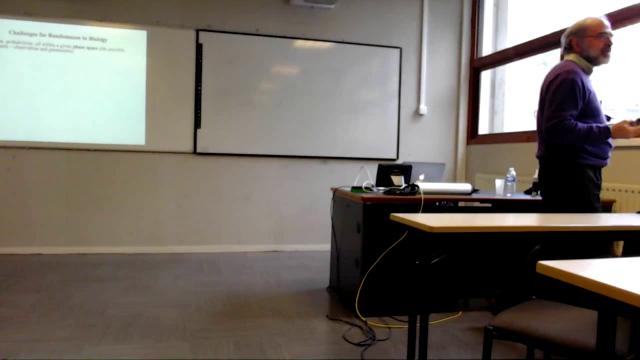Video
Contingency and diversity in biology: from anatomical complexity to functional organization
The dynamic instability of living systems and the “superposition” of different forms of randomness will be viewed as components of the contingently changing, or even increasing, organization of life through ontogenesis or evolution. To this purpose, we first survey how classical and quantum physics define randomness differently. We then discuss why this requires, in our view, an enriched understanding of the effects of their concurrent presence in biological systems’ dynamics. Biological randomness is then presented as an essential component of the heterogeneous determination and intrinsic unpredictability proper to life phenomena, due to the nesting and interaction of many levels of organization, but also as a key component of its structural stability. We will note as well that increasing organization, while increasing “order”, induces growing disorder, not only by energy dispersal effects, but also by increasing variability and differentiation. Finally, we discuss a possible difference between biological complexity and organization, which may provide a tool for understanding some aspects of cancer.
01:03:15

